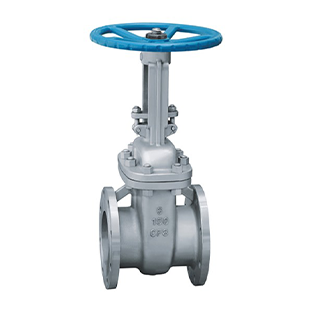wafer butterfly valves
Understanding Wafer Butterfly Valves A Comprehensive Overview
Wafer butterfly valves are essential components widely used in various industrial applications to regulate fluid flow. Their compact design and efficient operation make them a popular choice across diverse sectors, including water treatment, chemical processing, and HVAC systems. This article delves into the functionalities, advantages, and applications of wafer butterfly valves, offering insights into why they are preferred by engineers and industry professionals alike.
A wafer butterfly valve consists of a circular disc or vane that pivots on a vertical axis within a pipeline. The valve is sandwiched between two flanges, which allows for simpler installation and maintenance compared to conventional valves. When the disc rotates, it either blocks or allows the flow of fluid through the pipeline. This disc position can be easily adjusted, enabling precise control over the flow rate.
One of the primary advantages of wafer butterfly valves is their space-saving design. Traditional valves often require larger mounting spaces, whereas wafer valves are slimmer, making them ideal for installations with limited space. Furthermore, their lightweight construction minimizes the load on piping systems, reducing installation costs and labor.
Durability is another key feature of wafer butterfly valves. They are typically constructed from robust materials such as stainless steel, ductile iron, or plastic, which can withstand harsh conditions and corrosive environments. The disc is often coated with specialized materials to enhance resistance to wear and tear, ensuring longevity and reducing maintenance needs.
wafer butterfly valves

Another significant benefit is the ease of operation. Wafer butterfly valves can be operated manually or with actuators, allowing for automation in larger systems. Electric or pneumatic actuators can provide quick and efficient control, making them suitable for processes that require rapid flow adjustments. This flexibility in operation is crucial for facilities that demand precision in fluid management.
In terms of applications, wafer butterfly valves are incredibly versatile. They are commonly used in water and wastewater treatment plants, where regulation of water flow is essential. In the chemical industry, they help control the flow of corrosive substances, ensuring safety and efficiency. In HVAC systems, they manage airflow, contributing to energy efficiency and comfort in building environments.
The installation of wafer butterfly valves is another area where they excel. Their design allows for easy integration into existing piping systems. With a range of sizes available, these valves can be adapted for various pipe diameters, making them a practical choice for both new projects and upgrades of existing infrastructure.
Despite their many advantages, it is essential to consider the specific requirements of a system when selecting a wafer butterfly valve. Factors such as pressure, temperature, and fluid characteristics should be evaluated to ensure optimal performance and longevity. Consulting with a qualified engineer can help in making informed choices that align with operational needs.
In conclusion, wafer butterfly valves offer a combination of efficiency, durability, and versatility that makes them an indispensable choice for many industrial applications. Their compact design, ease of operation, and suitability for various environments contribute to their widespread use, ensuring that they remain a vital component in fluid control systems worldwide. Whether in water treatment or chemical processing, wafer butterfly valves play a crucial role in enhancing operational performance and efficiency.
-
The Key to Fluid Control: Exploring the Advantages of Ball Valves in Industrial SystemsNewsJul.09,2025
-
The Versatile World of 1, 2, and 3 Piece Ball ValvesNewsJul.09,2025
-
Stainless Steel Ball Valves: The Ideal Choice for Efficient Flow ControlNewsJul.09,2025
-
Optimizing Fluid Control with Ball Float ValvesNewsJul.09,2025
-
Manual Gate Valves: Essential for Control and EfficiencyNewsJul.09,2025
-
Everything You Need to Know About Butterfly ValvesNewsJul.09,2025
-
The Versatility of Wafer Type Butterfly ValvesNewsJul.08,2025




